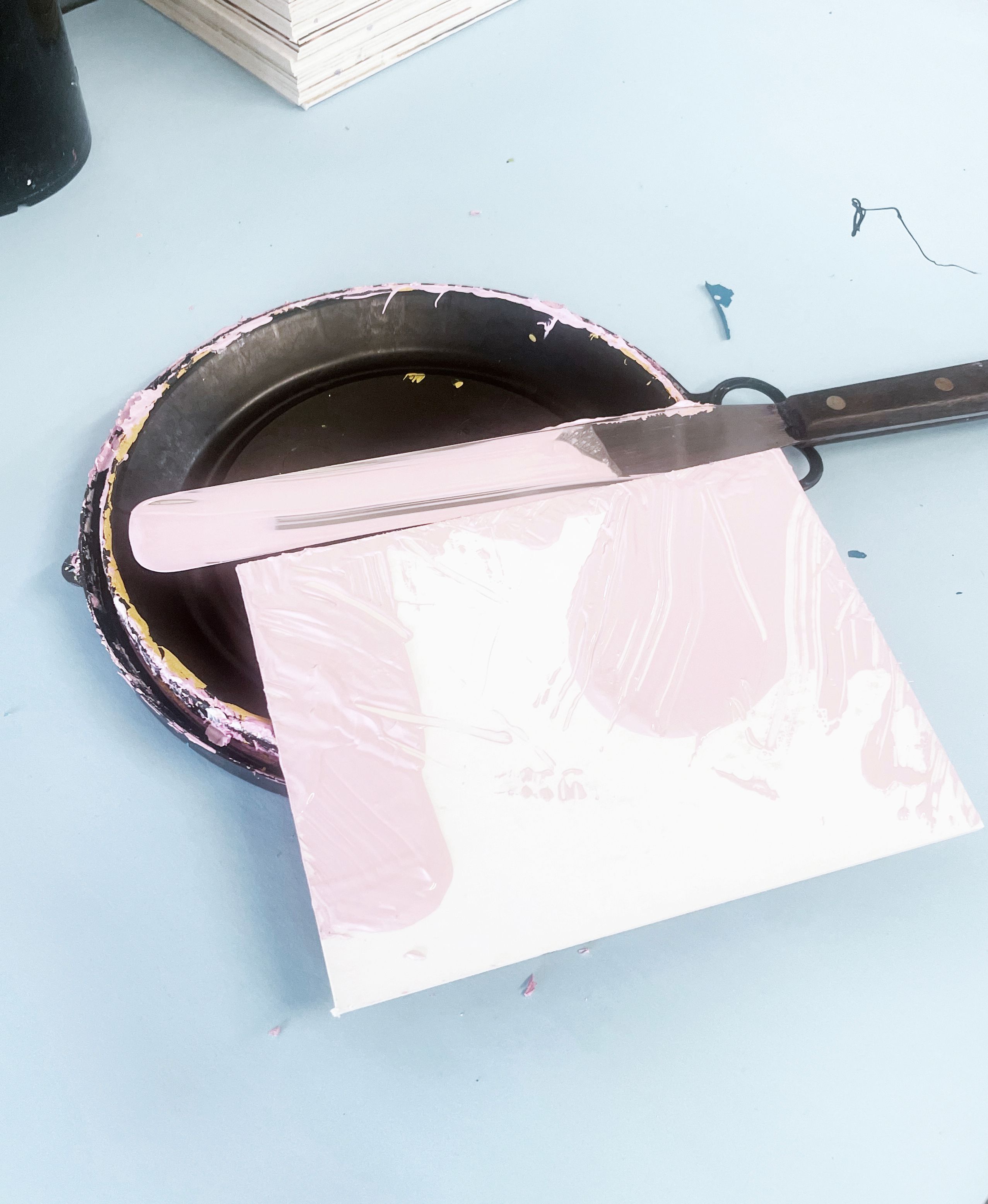Nask
Nask
Nask

The Unmatched Power of Human
Creativity in the Age of AI
In a world increasingly enamored with artificial intelligence, it’s tempting to think that machines could soon take over the realm of creativity. Yet, as someone who has spent over two decades navigating the intricate landscape of creative management and brand strategy, I remain convinced that AI, despite its rapid advancements, is not yet capable of supplanting the nuanced artistry of human designers and creative directors.
My career has allowed me to collaborate across a diverse array of industries, including consumer goods, technology, finance, culture, and the arts. This extensive experience, combined with the collaborative efforts of my team at Nask Studio, has afforded me a unique perspective on the irreplaceable value of human creativity.
—Creativity thrives on intuition and experimentation—qualities uniquely human
The creative process itself is iterative and exploratory. It thrives on brainstorming, experimentation, and the occasional failure. This journey is driven by intuition and the serendipitous connections that human minds are adept at making. As a creative director, I draw inspiration from a myriad of sources—art, history, psychology, and beyond. This interdisciplinary approach is something AI cannot replicate with the same depth and nuance. It may analyze patterns and trends, but it lacks the holistic vision that human creatives bring to the table.
Art direction, in particular, requires a sophisticated blend of aesthetic judgment, cultural insight, and storytelling prowess. My work, and the work of my collaborators at Nask Studio, across various sectors has underscored the importance of crafting narratives that align with a brand‘s identity and resonate deeply with its audience. This involves a nuanced understanding of a brand’s history, values, and market position—elements that AI can assist with but not master.
Creativity is also about challenging the status quo and pushing boundaries. It involves taking risks and thinking beyond conventional frameworks. Human designers are not bound by algorithms; they have the freedom to explore uncharted territories and break norms. This capacity for innovation is what drives the creative industry forward.
—“A.I.’s lack of morality and rational thought makes it an example of the “banality of evil,” or indifferent to reality and to truth while simply going through the motions spelled out in its programming. This limitation may be an insurmountable obstacle for A.I. to imitate human thinking.”
Through my engagements with universities and creative schools in Switzerland and abroad, I have had the privilege of mentoring the next generation of designers and innovators. My observation is that the greatest challenge today and for future generations is maintaining hope in human abilities and faith in the potential of the human brain for memory skills, quick thinking linked to intuition, and empathy. This requires hard work, diligent research, and amplifying sources of inspiration, as well as allowing space for experimentation and mistakes.
In conclusion, while AI holds promise in enhancing the creative process by offering insights and handling repetitive tasks, I believe it is not ready to replace the human touch. The ability to empathize, iterate, tell stories, and push boundaries are qualities that are uniquely human. As we continue to integrate AI into our workflows, it is crucial to celebrate and preserve the irreplaceable value that human creativity brings to the world of design and art direction. By nurturing these human qualities and staying committed to our creative endeavors, we can ensure that the essence of human creativity remains at the forefront of innovation.